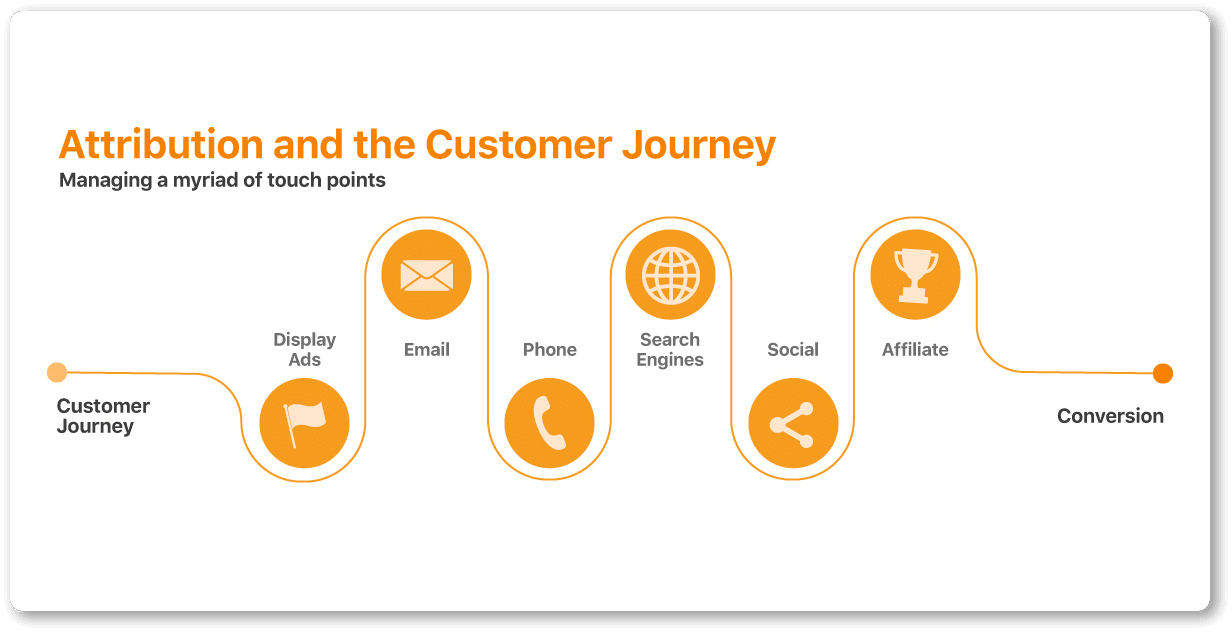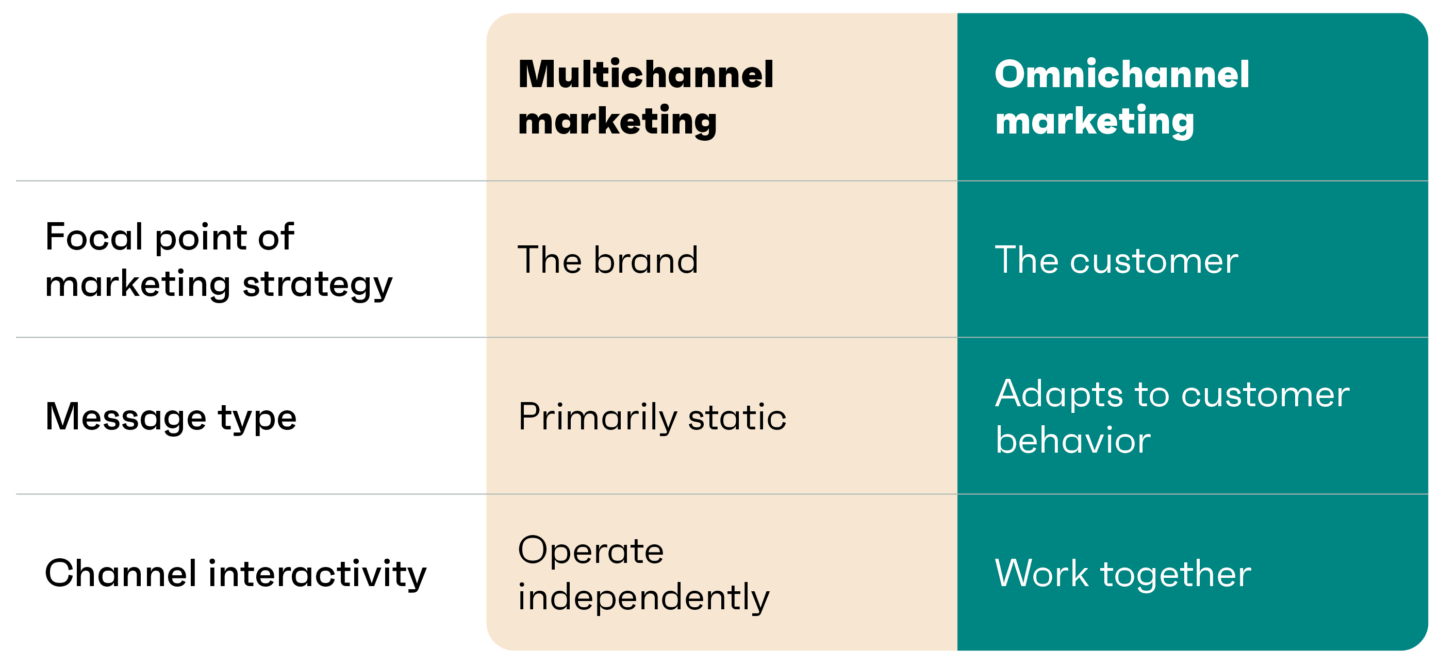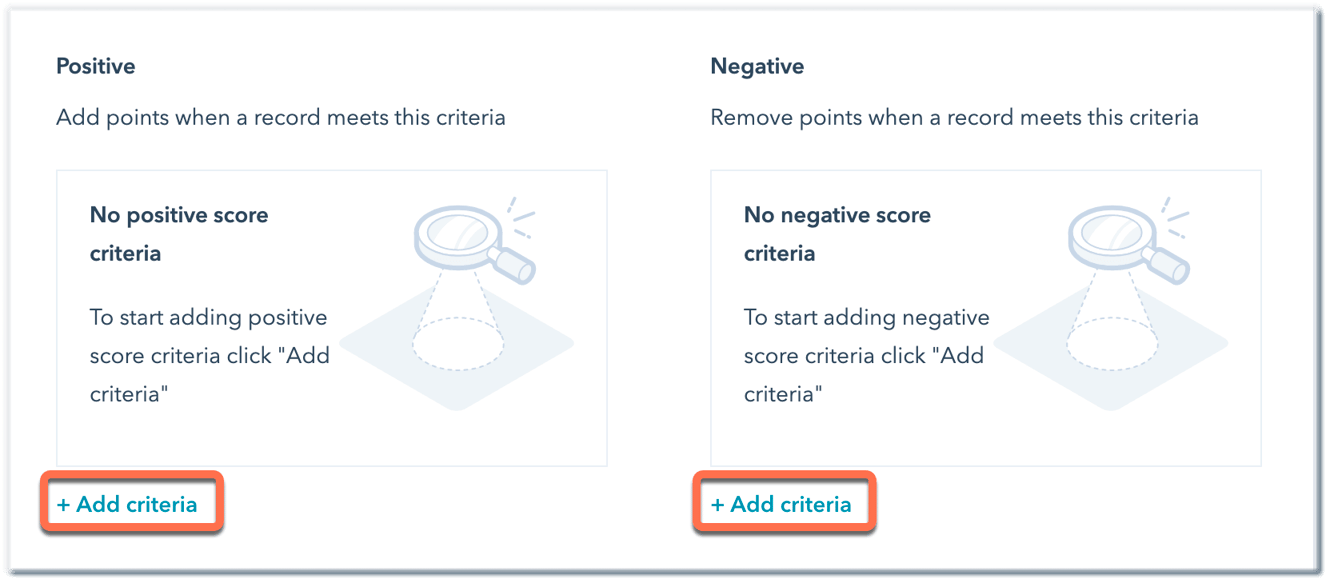Marketing automation is definitely a hot topic right now, and the arrival of the latest version of ChatGPT 4 has only upped the temperature and gotten everyone talking about artificial intelligence (AI) and how automated tools will replace humans.
As a content creator, I have to admit the power and potential of automation tools like ChatGPT has unnerved me slightly. However, these tools aren’t quite good enough to entirely replace humans — for now at least — and instead can be used to help us be better at marketing, whether we’re individual or small to medium-sized businesses.
If you’re not sure why marketing automation is something you should be looking at, then this article covering the top 10 benefits of marketing automation is for you.
By the time you’ve finished reading, you’ll have a good understanding of what marketing automation is, how it's being impacted by AI, why it’s so important, and the mistakes that need to be avoided.
What is Marketing Automation?
Marketing automation can mean many things to many people, but for me, it’s all about using software to automate the tasks associated with marketing.
The more repetitive the task, the more ripe it is for automation. For example, rather than manually sending out a welcome email to each new subscriber, you can use email automation software to create that email once as an autoresponder, and then instruct the service to send it automatically when they sign up:
Not only have you saved time and effort, but you’ve also ensured that all of your new subscribers or customers get a consistent user experience.
However, that’s just the start. With the proliferation of marketing automation services and software, not to mention the rise of AI, there are countless ways you can better your business and improve the experience of your audience.
Why Marketing Automation is Important
Before we get to the benefits of marketing automation, it’s useful to understand why it’s so important.
If you’ve been avoiding marketing automation so far, unfortunately, it’s here to stay, and the bad news is that everyone else, including your competitors, is already using it, or they will be very soon. This gives them the potential to overtake you.
However, the good news is that you can also use marketing automation to, at the very least, keep up with your competitors, and if you use it more effectively, ultimately overtake them.
Marketing automation can potentially give smaller businesses the ability to compete with larger organizations. As marketing automation can be used to overcome the drawbacks of having fewer staff and smaller budgets, marketers can use automated processes to do many of the tasks that were too much of a drain on their resources.
With the right tools and strategies, adopters of a marketing automation strategy can become more effective, enabling them to work on other profitable areas of their businesses.
Top 10 Main Benefits of Marketing Automation
Now we have a good overview of why marketing automation is so important and why you should be using it, here are some concrete benefits that you could potentially unlock with the right approach.
1. Improved Data Capture and Analysis
Perhaps most importantly, marketing automation can give you a better insight into your data. The right tools can bring this data together from various sources to give you a holistic view of your audience. All that without much manual effort.
Choosing the right multi-channel attribution tool will give you a profound understanding of where you are regarding how visitors found your site, which of your channels, such as paid ads, email marketing, social media they’ve interacted with, and how important each of those touchpoints are in the customer journey.

A customer journey and its possible touchpoints
In short, if you want to get an overview of how effective all of your marketing efforts are at driving sales and other conversions in your business, multi-channel attribution can help.
Armed with this data, you’ll know where you’re starting from and what impact everything else you do with marketing automation from this point on has.
2. Better Customer Insights
Once you start using marketing automation tools, such as Active Campaign and HubSpot, to analyze your data, you'll have the ability to gain a greater insight into your customers, including how they browse your site and their purchase behavior.
![]()
Site tracking with ActiveCampaign
The more you get to know about your visitors and customers, the more you’ll be able to help them by fixing any issues on your site that are preventing them from placing an order, publishing content that answers their queries, and resolving any other issues that stand between them and a purchase or other type of conversion.
3. Increased Efficiency
After you’ve put in place systems to measure the performance of your marketing efforts, it’s time to turn your focus to increasing efficiency.
One way you can increase efficiency is to automate repetitive tasks and the jobs that the current crop of tools can do so quickly and effortlessly.
Some examples include using email marketing tools to manage your list and send out messages at predefined points in the visitor journey; scheduling social media posts; answering common questions with an AI-powered chatbot, and even generating content, such as product descriptions with large language models (LLM), such as ChatGPT.
4. Omnichannel Marketing
Another reason why marketing automation is so powerful is that it simplifies the use of multichannel marketing campaigns and tools.
Rather than just relying on or tracking one marketing channel, such as your email list, you can use marketing automation to integrate and align multiple channels toward your goals.
Thanks to the rise of affordable and sometimes free omnichannel software (e.g. Omnisend and HubSpot), it’s never been easier to bring everything together in one dashboard using a customer relationship management (CRM) service.
Now you’ll be able to conduct true omnichannel marketing: bring email marketing, paid ads, SMS, and live chat together to track and reach your audience, no matter where they go and how they find and interact with your site.
Here's a comparison of multichannel and omnichannel marketing. You should definitely strive for the latter:

Comparison of multichannel marketing with omnichannel marketing (Image credit: Omnisend)
An example for omnichannel marketing: you could email your list to bring potential customers to your store, detect any abandoned carts that are generated, contact those users with an offer, then follow up with those customers with an invitation to leave a review via SMS.
Throw social media ads into the mix, and you can stay in contact with those customers, no matter where they go, even being able to show them the items of their previously abandoned cart as a retargeting ad.
5. Better Tracking and Monitoring of Results
While using multiple marketing campaigns and channels can deliver excellent results, it can be hard to track and attribute conversions when more than one platform or system is involved.
That’s where marketing automation comes in.
Connecting all of your different channels, tools, and campaigns will let you know whether it was that first email that drove the sale, if it was the social media campaign that closed the deal, or if it was some combination of all of your efforts.
With marketing automation, you can also get a better insight into the audience touchpoints that occurred in the conversion journey rather than just seeing the last touchpoint before the sale was made.
6. Personalized Lead Generation
Once you connect your different channels and get a better understanding of how your audience interacts with your range of campaigns and properties, you’ll be able to personalize how you communicate with them.
Rather than sending the same follow-up email to all visitors to your store or showing them the same retargeting ad on social media, you can automatically display personalized messages that are related to products they’ve browsed at your store or pages they’ve viewed on your site.
These personalized lead gen campaigns can connect with potential customers more effectively and move them through your funnel faster.
7. Better Quality Leads
Not only should marketing automation help you get more leads, but they’re more likely to be better leads thanks to their increased relevancy.
You can also use automation to enable lead scoring, which automatically notifies you when a lead has gone from cold to warm and is ready to be contacted in person to discuss a sale.

Lead Scoring in HubSpot
8. Enhance Internal Communication
Another reason why marketing automation is so beneficial is that it can ensure everyone on your team is in the loop and knows when they need to take action.
For example, when a new order is placed, or a support ticket is raised, a message in your internal communication platform, such as Slack, can be automatically created. Team members now only have one place to look to see the tasks they need to take care of. They’ll also get automatically notified when a new issue needs dealing with.
You can also use integrations between project management software to automatically create new tasks based on team member activity in other platforms. For example, the development team might publish an update in GitHub, triggering the creation of a board in Trello telling the marketing team to send an email announcing the update to potential and existing users.
9. Increase Revenue and Profits
As we’ve seen, marketing automation benefits your company by increasing efficiency. But it can also increase revenue and profits more directly.
One example of this is automated product recommendations that smartly suggest products to customers based on data collected about their interactions with your content, previous purchases, and responses to ads.
Another is the ability to automatically recover lost revenue by sending out abandoned shopping cart emails to entice customers back to the store to complete their orders. Retention tactics can be automated to increase customer lifetime value via targeted communications to existing customers, notifying them of new product releases, sharing discount codes, or promoting offers.
Once set up, revenue and profit-boosting automation can run in the background, commuting with potential and existing customers until a sale is made. The process can then run again in the future to generate further transactions.
10. Better User Experiences
Finally, while the best marketing automations benefit your business, they also benefit your users and customers, too.
People want different, targeted content at each stage of their research, and marketing automation can help deliver that.
Automatically tracking visitor behavior, such as how they interact with your site, ads, and other properties, means content can be tailored to connect with users on a more personal level. Specific marketing emails can be automatically triggered when a certain piece of content or product has been viewed or when an ad has been clicked, rather than just sending a one size fits all message to all of your leads.
Marketing automation lets you provide a personalized experience for your audience. Thanks to the efficiencies marketing automation brings, this requires much less manual labor than it does to run non-targeted, blanket coverage communications manually.
Marketing Automation Mistakes That Need To Be Avoided
As we’ve just seen, there are many marketing automation benefits. However, it is possible to get it wrong or at least make some mistakes along the way.
One thing I’ve seen often overlooked when a new tool or system is implemented, including marketing automation, is a failure to define goals and metrics. Not doing so makes it very hard, if not impossible, to measure success and see how to improve workflows for better results.
Another related mistake is a failure to test and optimize your automations and workflows. The best marketing automation tools are very powerful, but they’re not perfect. Due to this, you should always evaluate your campaigns. For example, by using the built-in A/B testing features of many marketing services and then using that data to optimize them.
That brings us to the next marketing automation mistake, which is relying too heavily on it. Anything produced by marketing automation tools and AI-powered solutions shouldn’t be trusted 100 percent. You should also insert some human interaction into the mix to add that personal touch. Don’t forget to check what the automations are doing, too, such as which emails are being sent out and to whom and how your chatbots are communicating with potential customers.
Marketing automation should also be used sparingly, or at least not too enthusiastically. I know it can be tempting to use these tools to their fullest potential, but remember, there’s a human on the receiving end of your workflows, and too many auto-generated messages can easily become overwhelming, resulting in lost subscribers and potentially lost customers.
What about ‘Email' Marketing Automation?
Email automation is one of the most important, effective, and widely used forms of marketing automation, with 78% of top technology B2B organizations using email marketing to assist with content marketing.
At their most basic, email automation tools can be used to send emails to subscribers at predefined intervals automatically (see also drip campaigns). However, if that’s all you're doing with these tools, then you’re missing out.
The most sophisticated email marketing tools let you create advanced custom workflows that will send certain emails to specific subscribers based on their behavior and interests. As the emails are targeted, they’re much more effective than simply creating a one-size fits all email sequence that’s dripped out to new subscribers after they’ve joined your list.
I know for me, I’m much more likely to open, let alone positively interact with a marketing email if it’s personalized based on my behavior. Some people say personalized marketing communications are creepy, but who can resist a freshly delivered email that contains a discount coupon for a product you were just looking at, from a store whose email list I recently joined?
If you get it right, email automation can deliver a personalized experience that increases engagement, improves customer retention, and generates more revenue. Time and resources are saved, as once the workflows are set up, they run automatically.
Some of the types of emails that can be automated include welcome messages to new customers, personalized messages based on their previous behavior, abandoned cart emails for recovering potentially lost sales, post-sale follow-up emails, and emails to inactive customers that can hopefully re-engage them with your brand.
With the right email marketing tools, you can create automated workflows that send personalized emails to subscribers based on their behavior, such as which of your online properties they’ve visited and their interests, including which products they’ve looked at.
Most, if not all, businesses are using email marketing, making this a great place to start when implementing marketing automation.
How will AI impact Marketing Automation?
The impact AI is having on marketing automation is huge, with the market for AI in marketing estimated at 15.84 billion U.S. dollars in 2021 and projected to increase to more than 107.5 billion by 2028. (primary source, secondary source)
Thanks to the ability of AI-powered tools to analyze large amounts of data, they can identify patterns and trends more efficiently than humans. This allows marketers to leverage these tools to predict customer behavior and optimize campaigns for maximum impact.
AI-powered chatbots and virtual assistants are other great examples of how AI can help with marketing automation. The main benefits for customers include quicker response times, while businesses can benefit from cost savings or the ability to divert resources to other tasks. AI tools like ChatGPT can even be used to create websites.
Content creation shouldn’t be overlooked, either. Although not (yet) as good as the best human-produced content, AI-generated content is getting better and better all the time. Today, AI-powered content creation tools can definitely be used to generate ideas, provide inspiration, produce content schedules, and give different perspectives on topics being written about.
Conclusion
Now you have a better idea of why marketing automation is such a hot topic right now.
From improving how you analyze marketing data and gaining better insights into your audience to increasing the efficiency of your team and personalizing lead generation, it’s easy to get excited by marketing automation.
As there are so many benefits of marketing automation and so many different ways it can be implemented, from using free autoresponders and the free plans of powerful tools like Brevo and HubSpot to premium live chat services such as Tidio and the latest AI-powered content generators, there should be a way you can get started today.
We keep our content up to date
14 Jul 2023 - Added marketing automation explainer video
Our Methodology
This article has been written and researched following our EmailTooltester methodology.
Our Methodology


